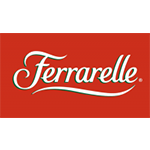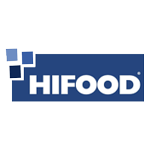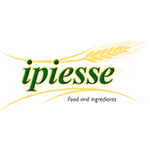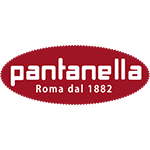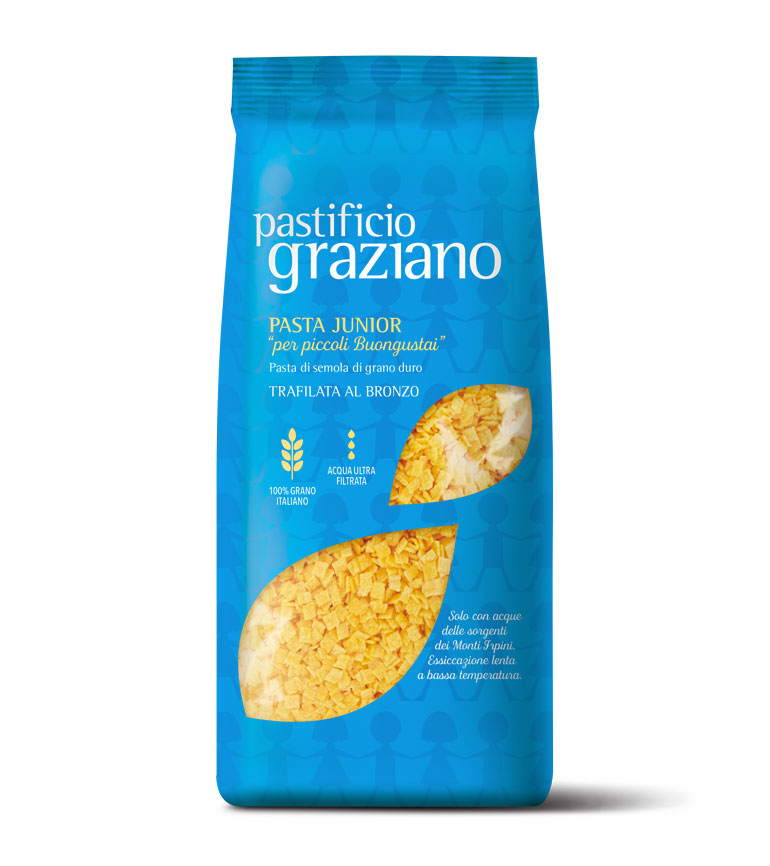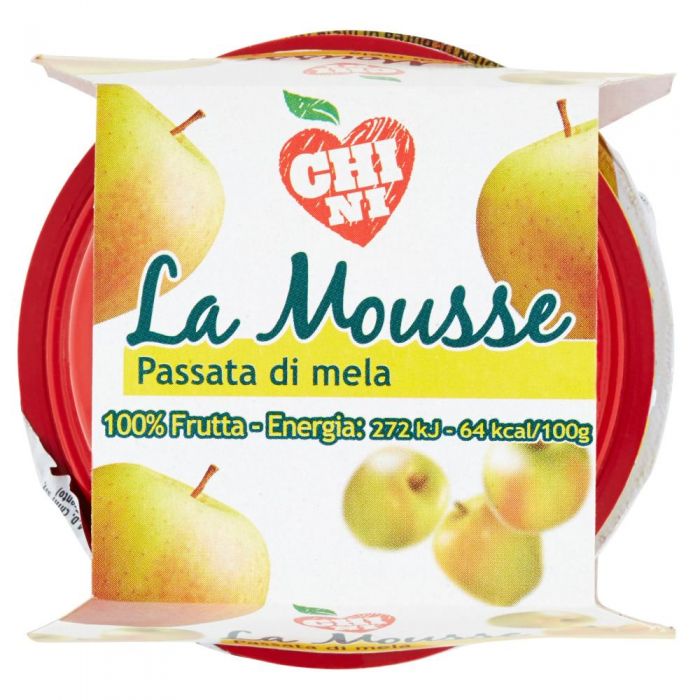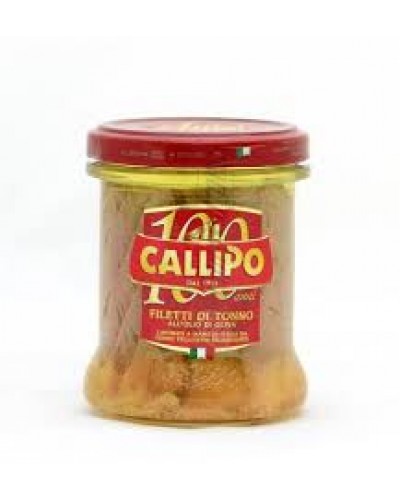Kosher Is All the Religious Rules Regulating The Nutrition Of The Observant Jews.


The Hebrew Word “Kasher Or Kosher” Means Conforming To The Law, Permitted; The Main Rules Deriving From The Bible – The Torah.

Here are a few practical rules
Here Are A Few Practical Rules That Have Been Followed By Worldwide Jews For More Than 3,000 Years.

The prohibition to mix meat and milk-derived products in the same meal
In as many as three passages the Torah recommends not to cook “the lamb into her mother’s milk”. From this passage stems the rabbinical tradition that prohibits the mixing and cooking of meat and milk combined.
It is therefore forbidden to cook milk (and its subproducts, for example butter) with the meat of any animal, both quadrupeds (e.g. beef meat) and birds (e.g. chicken’s meat).
This is why observant Jews keep two separate sets of dishes and cutlery, two separate sections in the fridge, and separate washing sponges.

Permitted animals
The permitted animals are those ruminants that also have cloven, i.e. split, hooves, like the cow, the calf, the sheep, the goat, etc. The animals that are NOT permitted within Kosher rules are those that do NOT have both of such marks: for example the rabbit, the pig, the horse, etc.
The Jewish cuisine also discards all the so-called unclean animals (that have a split nail or hoof but do not ruminate), sea animals without scales and without fins (crustaceans and mollusks are not permitted), rapacious birds and reptiles.
Butchery or Shechita
The rite of slaughtering the permitted animals, the so-called shechitah, must be done by a competent Rabbi, called “Shochet”, who has the expertise to do it, i.e. must be knowledgeable of the rules and is licensed by a Jewish community. The slaughtering consists in killing the animal with one single cut at the throat, made with an extremely sharp knife, faultlessly and without scratches, so that the animal dies instantly and its blood is then drained out completely.
The internal organs of the animal is then examined to exclude the possibility of defects or traces of diseases that would make it unclean; this is called “bediquat” or inspection. Any exemplary which is not butchered following the rules is automatically unclean and therefore not permitted.
The prohibition of blood consumption
The blood contains the vitality of an animal and it is therefore strictly prohibited to eat any form of blood from animals or birds; it is forbidden also if found in eggs.

Blood of permitted fish is not included because the blood of fish is not considered blood
This is a rule dictated by our sages (see Fish, below).
In order to eat the meat after slaughtering all the remaining blood must be eliminated, washed away with salted water for at least twenty minutes and no more than one hour.
On the other side, the liver, the lungs and the heart must be treated directly on fire; this is the only way to kosherize them.
Prohibition to eat some particular parts of fat
In the past, such parts were put aside for the service, i.e. for sacrifices in the Sanctuary of Jerusalem.
Prohibition to eat parts taken from living animals.

Prohibition to eat the sciatic nerve
This is a way to remember the Biblical episode in which Jacob was made lame by the fight with the angel. After that, Jacob was renamed “Israel”, i.e. “he who fights against G-“.
Prohibition to eat a permitted animal, ritually slaughtered, if it shows defects or diseases.

Permitted fish
The permitted fish consists of all fishes having scales and fins. As it is impossible to list them all, here are the most common ones: trout, hake, cod, sole, sea bass, sea bream, sardines, pilchards, sardinellas, anchovy, tuna fish, mackerel, mullet, goatfish, dentex, grouper, carps, herring, pike, perch, Steen bras, grey mullet, plaice, John Dory, salmon, striped sea bream, brill (but not turbot), flounder.
It is right to note that the fish denomination appearing at the fishmonger’s could be incorrect. Do not purchase peeled fish, but make sure that there are scales (scales come with fins, but not vice versa). Moreover, always ask the fishmonger to wash the knife and the workbench before working for you.
Industrial Products With Kosher Certification And Permitted Industrial Products
Currently, with the modern daily rhythms that often force meals outside the home, following the complex procedures of food preparation according to the laws would be rather complicated, therefore the need for ready-to-use Kosher certified products was born.
This certification is applicable to a wide variety of products, from cooking ingredients such as olive oil to packaged foods and dietary products. It is issued by special Rabbinical associations, which also collaborate with experts, and is indicated on the product by a special symbol or wording that identifies the certifying Rabbi.
However, in order for a product to be Kosher certified, it must meet the most stringent quality standards and all production and packaging procedures as well as every single ingredient used in its preparation must comply with the restrictive laws of Kasheruth.
Compliance with these strict rules and verified periodically, by experts, on the production logo and certification (which has a deadline and must be repeated periodically) can be revoked at any time.
The extreme rigidity of these rules is a protection for the consumer regardless of his religion and, over time, they have made the Kosher certification a quality mark recognized all over the world. In some countries like America, in fact, the biggest consumers of Kosher products are not Jews, but people of any religion who seek in this brand a guarantee of quality, authenticity and purity.
When Is A Wine Called Kosher?
It is prohibited to drink wine or cook with wine vinegar if not supervised by a Rabbi. First of all, in the Jewish religion, wine has a role in the sanctification of the Shabbat and the Festivities rotating around the Jewish life; its production has some rather particular features.
As a general rule: for the above-mentioned reasons, every manual activity and any transfer of the must/wine must be performed by observant Jews who will connect the necessary tubes and operate pumps, valves and joints according to the guidelines of the cellar’s supervisor. Any action performed by anyone else would jeopardize the entire production tank; in order to avoid alien handling it is therefore necessary to seal the tank with two marks, above and below, with lead and signature.
The production phases:
Cleaning the plants: all the metal or fiberglass parts must be first washed with water, then soda, then again with water; the rubber connections must be new.
Squeezing: This step must be manned by Jewish staff, who must overturn the truck and convey the grapes into a collector, action the crusher and the stalk separator and the pumps directing the must into the fermenter.
The berries: Peel and seeds are packed, sealed and carried to the distillery after boiling in the plant. The output of this production phase is considered as “mevushal – heated wine”, therefore, from this moment on, it can be manipulated by any operator in the cellar, by the staff of the kosher supervisor.
Each and every transfer must be attended by a rabbinical authority. Cooling down can be followed by a wine standstill phase.
Additions
It is permitted to add:
Sulfur dioxide SO2
Sugar, if identified at the source, in the form of concentrated must, only if certified, which is difficult to find in Italy; may be available upon request from France or Israel.
Addition of saccaromycetes source-identified by the French rabbinate, of Kl Lavine type or similar products, with a kosher certification
Bentonite
Boiling or cooking
This is a necessary phase because it transforms the quality of the product for professional operators, who can manipulate the product afterwards.
Recently the wine production has connected the pasteurizer to a cooler: the wine is kept at 86°C for 4-5 seconds, and then it is cooled down to -4°C. Thanks to such process, the organoleptic qualities of the product are guaranteed and flavor as well as perfume are not lost.
Filtering
In order to obtain a kosher-le-Pesach product, it is necessary to ensure that the cellulose filters do not contain starch or byproducts of other cereals. If certified, most filters on the market comply with such requirements.
Bottling
After preparing and cleaning the system it is possible to bottle the wine into new, clean bottles following the standard procedure. Jewish rules require three different marks to recognize the product’s character:
- The label
- a back label or a thermic capsule
- a cork with a recognition mark or the mark of the Rabbinate
Moreover, the label must include the name of the Rabbi who made the supervision and issued the certificate. Such label can also be attached onto the packaging boxes. The Rabbinical authority will issue the number of labels or corks necessary for the operation every single time. The annual production will be accompanied by a kosher certificate issued by a relevant Agency or by an expert Rabbi.










